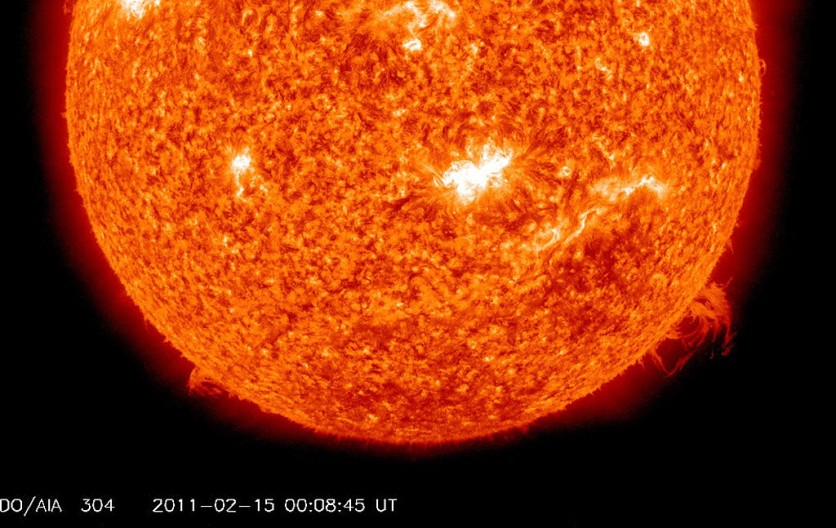NASA's Parker Solar Probe achieved a significant milestone on September 5, 2022, as it navigated through one of the most powerful coronal mass ejections (CMEs) ever documented. It not only showcases an extraordinary engineering feat but also presents a substantial advancement for the scientific community.

The probe's traversal through the CME substantiates a theory proposed over two decades ago regarding the interaction between CMEs and interplanetary dust, potentially revolutionizing space weather forecasts.
A 2003 paper hypothesized that CMEs could engage with interplanetary dust encircling our sun, possibly carrying this dust outward. CMEs are colossal eruptions from the sun's outer atmosphere, the corona, and play a pivotal role in shaping space weather, which can pose threats to satellites, disrupt communication and navigation systems, and even disrupt terrestrial power grids.
NASA noted that understanding the dynamics of CMEs with interplanetary dust could significantly enhance the accuracy of predictions about their transit from the Sun to Earth and when they might impact our planet.
Like a Vacuum Cleaner
For the first time, NASA's Parker Solar Probe has directly observed this phenomenon. Guillermo Stenborg, an astrophysicist at the Johns Hopkins Applied Physics Laboratory, emphasized the significance of this observation, saying, "These interactions between CMEs and dust were theorized two decades ago, but had not been observed until Parker Solar Probe viewed a CME act like a vacuum cleaner, clearing the dust out of its path."
The dust in question comprises minute particles from asteroids, comets, and planets, permeating the entire solar system. This dust manifests in phenomena like zodiacal light, a subtle illumination visible before sunrise or after sunset.
NASA said the CME displaced this dust to a distance of approximately 6 million miles from the sun, about a sixth of the gap between the sun and Mercury. However, this vacuum was rapidly refilled by interplanetary dust drifting through the solar system.
Dust Dynamics
Parker's on-site observations were pivotal to this revelation, as assessing dust dynamics in the wake of CMEs is intricate from a distance. These findings could also offer insights into related phenomena in the lower corona, including coronal dimming caused by low-density regions that often appear post-CME eruption.
The interaction between the CME and dust was identified through diminished brightness in images from Parker's Wide-field Imager for Solar Probe (WISPR) camera. Interplanetary dust reflects light, enhancing brightness where it is present.
Although this effect has only been witnessed in connection with the September 5 event, Stenborg and the team speculate that dust depletion may be exclusive to the most potent CMEs.
While these findings present a significant stride in understanding space weather, further investigations are imperative to unravel the intricate dynamics of these interactions.
As Parker Solar Probe continues its mission, scientists anticipate more rare phenomena, which could provide crucial insights into their impact on Earth's environment and the interplanetary medium. The findings of this phenomenon were published in The Astrophysical Journal.
Related Article : 'Portrait of the Sun:' World's Most Powerful Solar Telescope Snaps The Face of the Sun in Crisp Detail

ⓒ 2025 TECHTIMES.com All rights reserved. Do not reproduce without permission.




